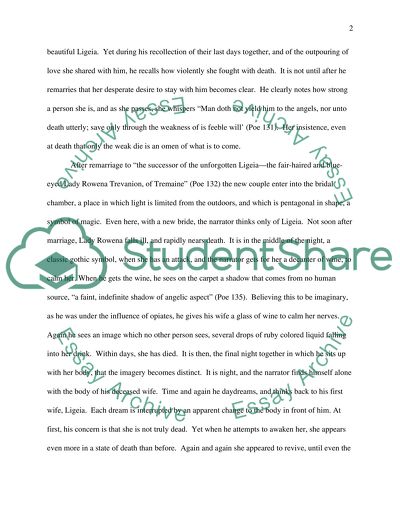Cite this document
(“Gothic Tradition in Literature; Do Poe and Hawthorne Measure up Essay”, n.d.)
Gothic Tradition in Literature; Do Poe and Hawthorne Measure up Essay. Retrieved from https://studentshare.org/literature/1499210-gothic-tradition-in-literature-do-poe-and-hawthorne-measure-up
Gothic Tradition in Literature; Do Poe and Hawthorne Measure up Essay. Retrieved from https://studentshare.org/literature/1499210-gothic-tradition-in-literature-do-poe-and-hawthorne-measure-up
(Gothic Tradition in Literature; Do Poe and Hawthorne Measure up Essay)
Gothic Tradition in Literature; Do Poe and Hawthorne Measure up Essay. https://studentshare.org/literature/1499210-gothic-tradition-in-literature-do-poe-and-hawthorne-measure-up.
Gothic Tradition in Literature; Do Poe and Hawthorne Measure up Essay. https://studentshare.org/literature/1499210-gothic-tradition-in-literature-do-poe-and-hawthorne-measure-up.
“Gothic Tradition in Literature; Do Poe and Hawthorne Measure up Essay”, n.d. https://studentshare.org/literature/1499210-gothic-tradition-in-literature-do-poe-and-hawthorne-measure-up.


